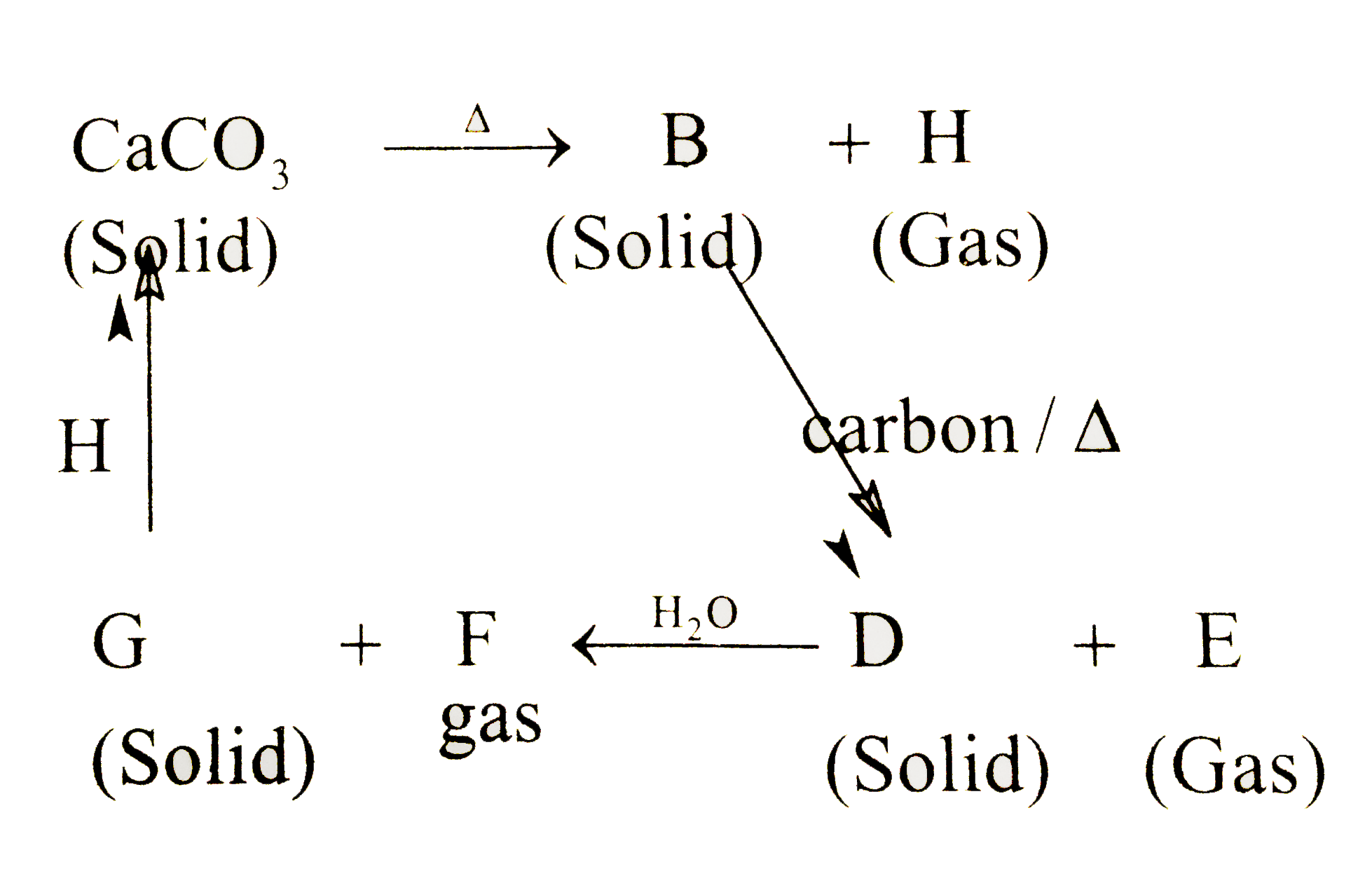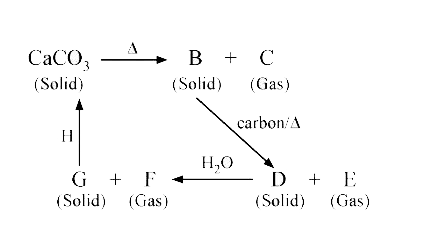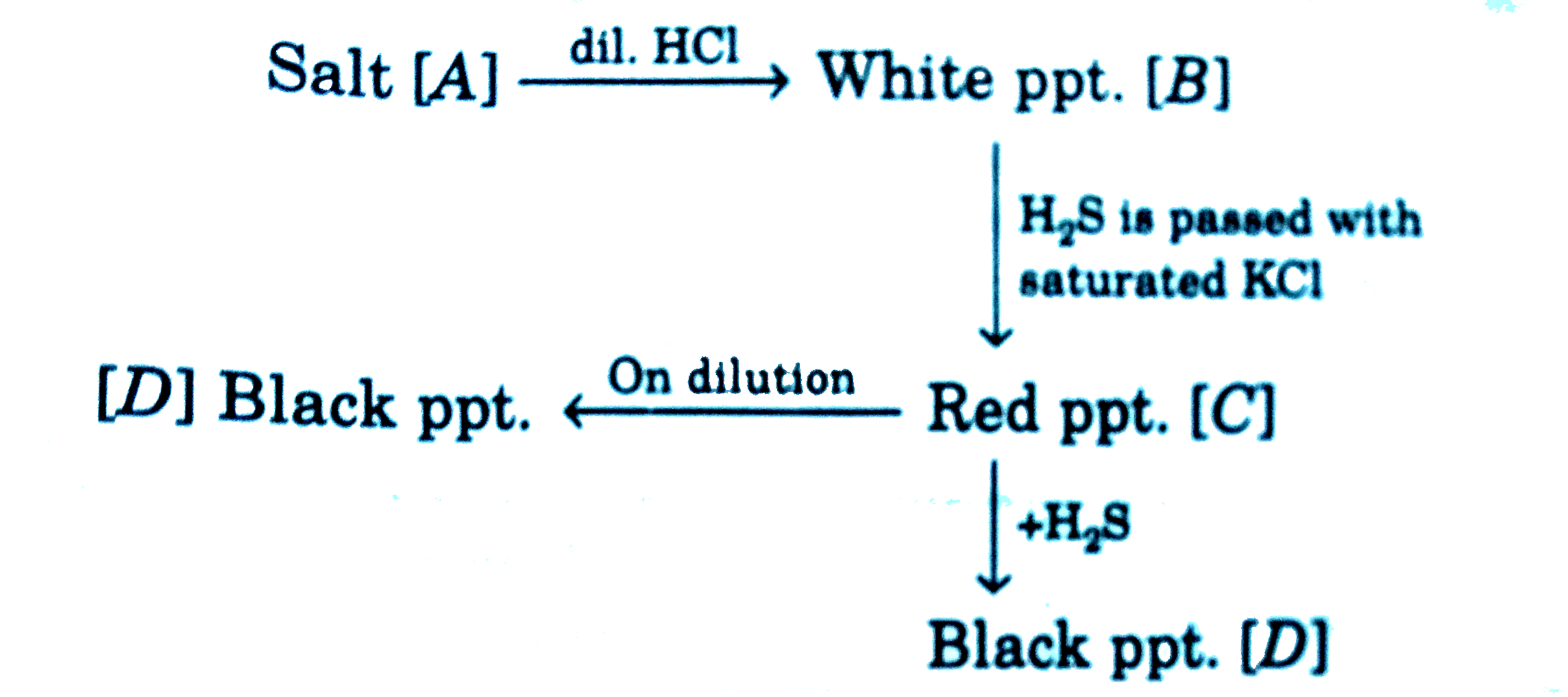The correct statement about stomata is
Guard cells are often dumb bell shaped in dicots and bean shaped in monocots
Guards cells are epidermal cells with chloroplasts
The inner wall of the guard cells is thin while the outer wall is thick
The subsidiary cells are epidermal cells with chloroplasts
The correct Answer is:B
To determine the correct statement about stomata, we will analyze each of the provided statements one by one.
Step 1: Analyze the First Statement
Statement: Guard cells are often dumbbell-shaped in dicots and bean-shaped in monocots.
Analysis:
- This statement is incorrect.
- Guard cells are typically kidney-shaped (or bean-shaped) in both dicots and monocots, not dumbbell-shaped in dicots.
Step 2: Analyze the Second Statement
Statement: Guard cells are epidermal cells with chloroplasts.
Analysis:
- This statement is correct.
- Guard cells originate from epidermal cells and do contain chloroplasts, which are essential for photosynthesis and regulating gas exchange.
Step 3: Analyze the Third Statement
Statement: The inner wall of the guard cell is thin while the outer wall is thick.
Analysis:
- This statement is incorrect.
- The inner wall of the guard cell is actually thicker than the outer wall. The thick inner wall helps in the regulation of the stomatal opening.
Step 4: Analyze the Fourth Statement
Statement: The subsidiary cells are epidermal cells with chloroplasts.
Analysis:
- This statement is incorrect.
- Subsidiary cells (or companion cells) do not contain chloroplasts and do not perform photosynthesis. They assist in the function of guard cells but are not involved in photosynthesis.
Conclusion
After analyzing all four statements, the only correct statement is the second one: Guard cells are epidermal cells with chloroplasts.
Final Answer
The correct statement about stomata is: Guard cells are epidermal cells with chloroplasts.
---
Statement: Guard cells are often dumbbell-shaped in dicots and bean-shaped in monocots.
- This statement is incorrect.
- Guard cells are typically kidney-shaped (or bean-shaped) in both dicots and monocots, not dumbbell-shaped in dicots.
Statement: Guard cells are epidermal cells with chloroplasts.
- This statement is correct.
- Guard cells originate from epidermal cells and do contain chloroplasts, which are essential for photosynthesis and regulating gas exchange.
Statement: The inner wall of the guard cell is thin while the outer wall is thick.
- This statement is incorrect.
- The inner wall of the guard cell is actually thicker than the outer wall. The thick inner wall helps in the regulation of the stomatal opening.
Statement: The subsidiary cells are epidermal cells with chloroplasts.
- This statement is incorrect.
- Subsidiary cells (or companion cells) do not contain chloroplasts and do not perform photosynthesis. They assist in the function of guard cells but are not involved in photosynthesis.
After analyzing all four statements, the only correct statement is the second one: Guard cells are epidermal cells with chloroplasts.
The correct statement about stomata is: Guard cells are epidermal cells with chloroplasts.
Topper's Solved these Questions
Similar Questions
Knowledge Check

The correct statement about F isAit has 3σ and 2π bondBit has 3σ bond and one π bondCit has angular shapeDit is CO gasSelect an incorrect statement about stomata
Anumber of such tiny pores varies from 10 to 60 per cm2 of the leaf surface.Bin grasses the stomatal density is almost the same on both the surfaces of leaf.Cguard cells are special types of epidermal cellsDsize of a typical stomatal pore ranges from 3-12 um in width and from 10-14 um in length.The correct statement about silicone is
AThey are ketones with silyl group (SiH3) similar to alkyl, (SiH3)2COBThey are synthetic polymer containing repeated R2SiO2 unitsCThey are formed by hydrolysis of R2SiCl2DAll of the above


